Best Indoor Plants For Dark Rooms
Jump To:
With the changing time of staying at home, we can surely put a lot of our time into indoor gardening. While we are shifting to apartments do not let the loss of huge outdoor gardens stop you from pursuing your hobby. Indoor gardening is never a bad idea. You can grow various kinds of plants in a bedroom, kitchen, living room, balcony, and study spaces. Another problem you can face is that your apartment might not get the right amount of sunlight. But you do not need to worry since there are many indoor plants that grow without an adequate amount of light.
Here we are going to discuss the best indoor plants for dark rooms that can thrive even when kept in dark rooms and require low maintenance. If you are a beginner in gardening or someone who does not have an outdoor garden, do not worry and keep reading!
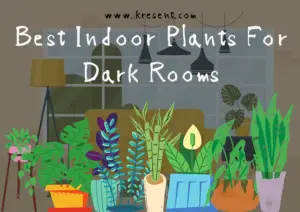
Following are the indoor plants you can get for dark rooms
1. Pothos
These indoor plants do not need extra care and can survive even with irregular watering. They grow up to 10 feet tall and can be grown in hanging baskets or as one of those climbing plants.
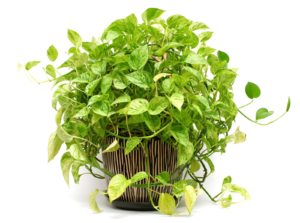
2. Philodendron
It is an American tropical houseplant that grows really well in the indoor environment. They can be kept under bright to moderate light but not under direct sunlight. The latter can cause brown burn marks on the leaves. They are available in the form of shrubs or vines. You can choose according to the space available at your place.
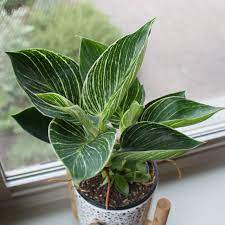
3. ZZ Plant
Zanzibar or ZZ plant belongs to eastern Africa that can even survive the months of drought. It can thrive even in low light and can remove toxins like toluene, xylene, and benzene from the air. The leaves of this plant are smooth, beautiful, and dark green.
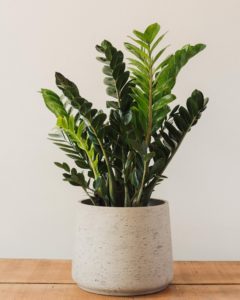
4. Boston Fern
Boston Fern is a plant that first originated in swamps and humid forests. You can keep it in a cool place at your house thus, dark rooms are favorable. Watering it once a month can help the plant grow well. With the onset of spring remember to cut the dead foliage so that the fern can regenerate.
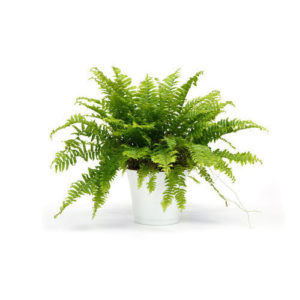
5. Lucky Bamboo
One of the best indoor plants for dark rooms is a unique-looking plant called lucky bamboo. This does not need much maintenance to grow well and thrive. They need medium or low light so you can use a pot or planter and water it well.
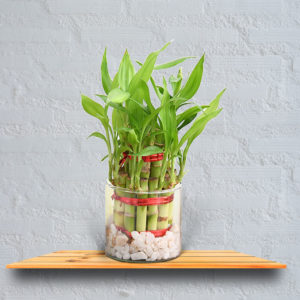
6. Peace Lily
Peace Lily is a fancy plant that can grow well in locations that have low light and can survive a bit of dry soil but is resistant to overwatering. It is more of a green leaf plant that helps in air purification and is thus suitable for bedrooms or living areas.
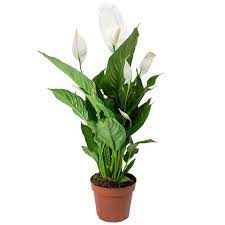
7. Rex Begonia
Well, if you are looking for an indoor plant that is beautiful and grows quite well in low light, Rex Begonia is the plant for you. It does not need much maintenance and is known for its colorful leaves and unique appearance. It thrives even in medium or low light so just go for it.
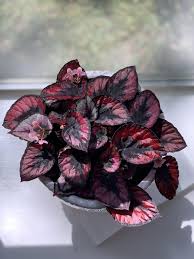
8. Spider Plant
If you are looking for a plant that can adapt to its surroundings easily, this is the plant for you. The spider plant can live in absolutely low light and is available in green and variegated varieties. You can grow it in pots or hanging baskets that will add beauty to your house. The name of the plant comes from the spider-like leaves it has.
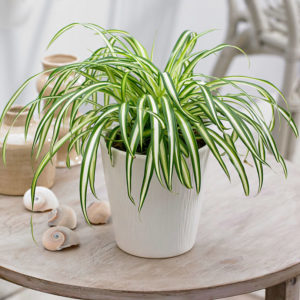
9. Snake Plant
Snake plant is known for being one of the best indoor plants for dark rooms. Another plant that can survive low light and can be grown in any area of the home. If you are a forgetful gardener do not worry, it can take care of itself for days. You need to just check that it does not turn too dry. Keep this plant out of direct sunlight for its healthy growth.
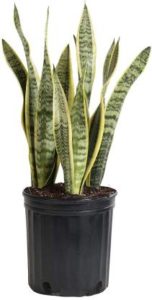
Different houseplants have different needs when it comes to sunlight exposure. A houseplant that requires full sun will not thrive in a dark room, and conversely, a houseplant that needs lower light will not thrive in a sunny room.
Do indoor plants need darkness?
Plants do need that period of darkness for their metabolism to work properly. They are not designed to create food non-stop, and it will do them harm in the long term to put them in this sort of situation. So, yes, plants need their darkness just as much as they need their light.
Can you have a plant in a room without windows?
Yes, you can grow houseplants with just artificial light and NO window! Fortunately, there are a few options even if you have an office area or room with no window.
How do plants grow in dark places?
In a strict sense, plants do not grow faster in the dark; they grow slower. However, plants seem to grow faster in insufficient light due to rapid cell elongation. In conditions of total darkness, plant cells will generally expand upward, a process called geotropism.
Can money plants grow in a dark room?
Money plant generally grows well in direct sunlight in the garden, indoor places, or low light conditions. A partially sunny and partially shady area is also preferred for the good growth of money plants.
Do succulents need direct sunlight?
Succulents love the direct sun, but if yours is sitting in the same exact spot day after day, it’s likely that only one side is getting enough light.
Can plants grow in a dark room?
Sunlight is an important requirement for plant growth because plants need sunlight to make their own food. A dark room does not have any light conditions required to facilitate plant growth. A lack of sunlight (or special growing LEDs) makes the plant grow weak. A plant in a dark room becomes unproductive.
Are there any plants that grow in the dark?
The only plant that will grow in complete darkness is the mushroom, but what people really want to know is which plants will grow where there’s very little light. Overwatering is always a problem, but plants receiving minimal light take much longer to dry out than those by sunny windows.
Does Lavender need full sun?
Light: Lavender needs full sun and well-drained soil to grow best. In hot summer climates, afternoon shade may help them thrive. Soil: Lavender grows best in low to moderately-fertile soils, so don’t amend the soil with organic matter before planting.
How long can a plant be in the dark?
The length of time a plant can survive without light can be between 4 to 20 days depending on the amount of light the plant is normally subjected to. Low-light plants can go from 12 to 20 days, whereas light-loving plants can merely last between 4 to 10 days before they die.
Can pothos grow in dark room?
Often confused with Philodendron, pothos will thrive in any room of your home as long as you keep it out of the full sun. Pothos comes in a variety of colors and bi-colors, including dark green, chartreuse, white-and-green, yellow-and-green, and spotted silver.
How do you add plants to a dark room?
Do keep in mind that you will water them very infrequently, and consider using an artificial light source for truly pitch-dark spaces. Go for brighter foliage – plants with bright green or lighter hues (think the Snake Plant or Little Hope) will pop in darker spaces.
Can I put a plant in a room with no windows?
Yes, you CAN grow houseplants with just artificial light and NO window!
Are there any succulents that don’t need sun?
Mistletoe cactus Though they are succulent, mistletoe cacti are native to the South American rainforest where they grow up in the trees as epiphytes. Unlike most true cacti, they don’t like full sun and they don’t like dry conditions. Morning or evening sun is ideal for these low-light succulents.
How much is a peace lily?
How much does peace lily cost? Young, starter peace lily plants typically 10” tall typically cost less than $25. Larger, more mature peace lily plants ranging in height from 1′ to 3′ tall typically cost between $50 and $150.
What is a true low light plant?
Low light indoor plants typically refer to those that can survive and grow in relatively weak indirect light. For example, the type of light a plant may receive within a few feet of a north-facing window is very dim, as is the light from brighter exposures if the plant is located several feet away from any window.